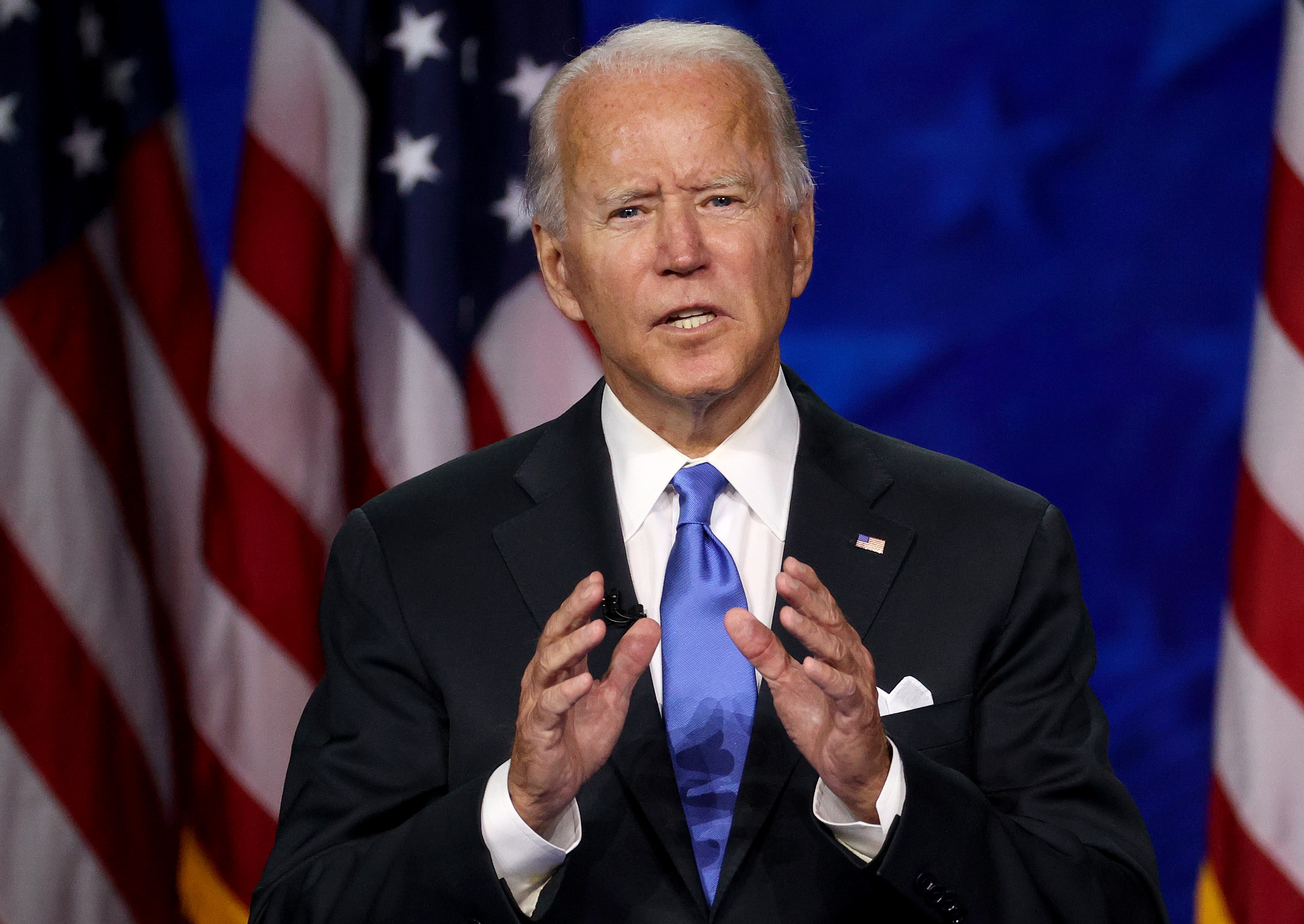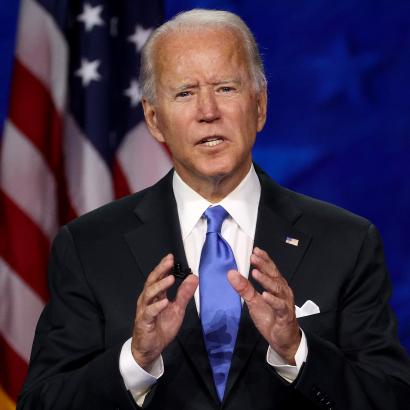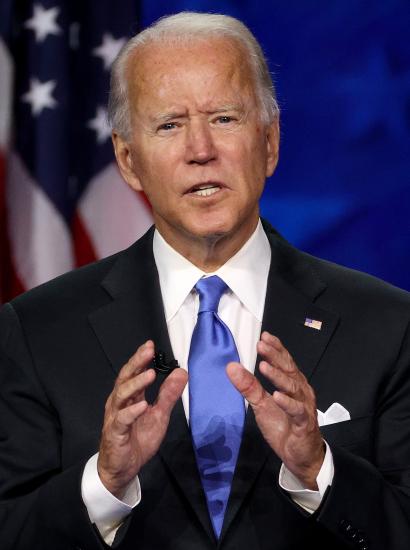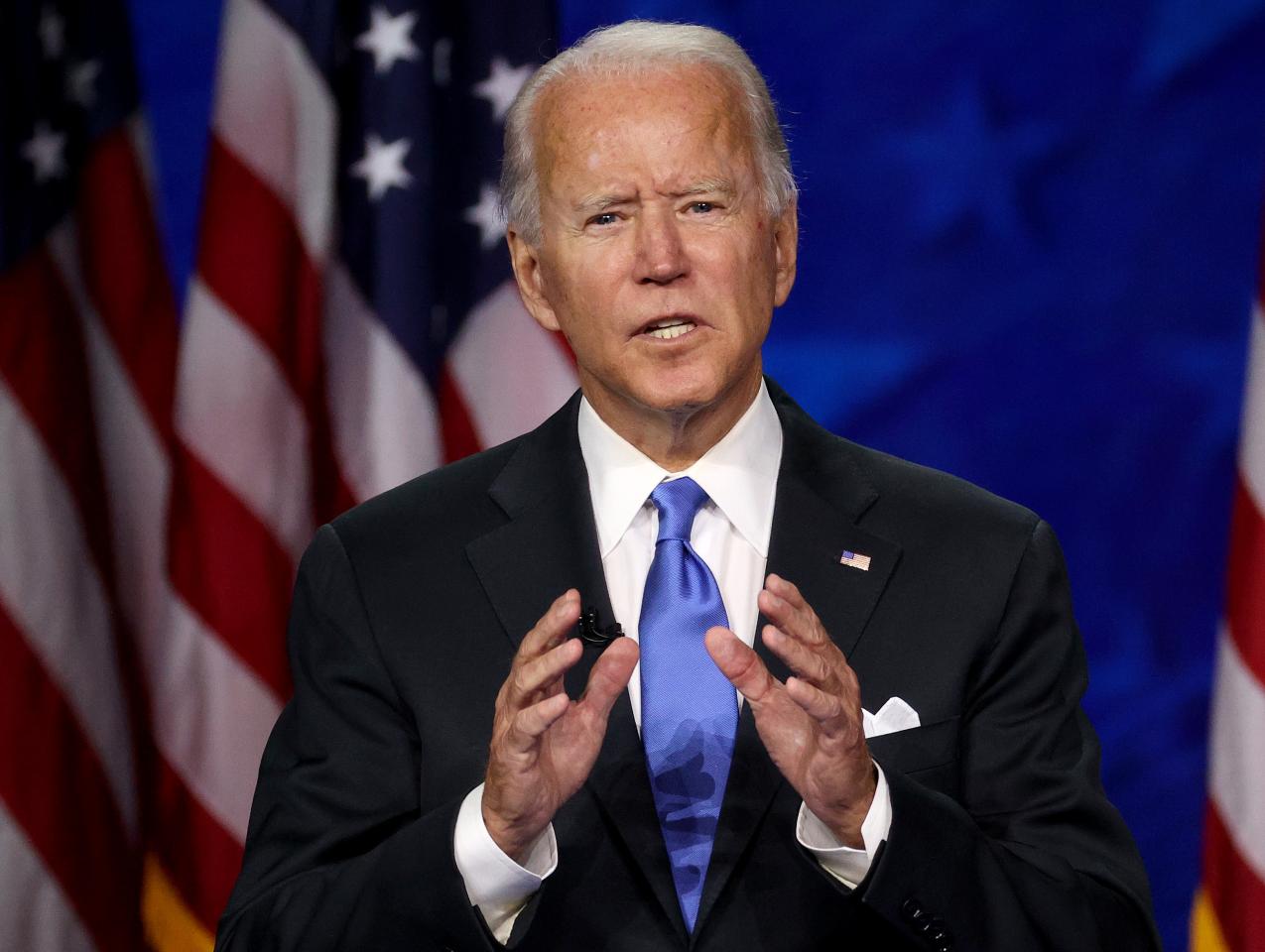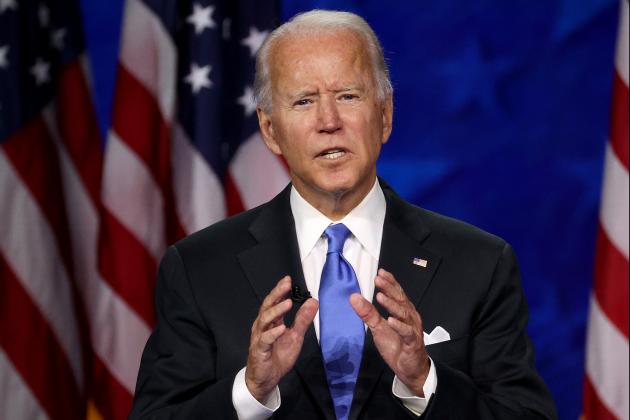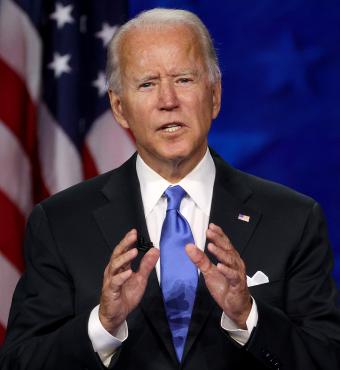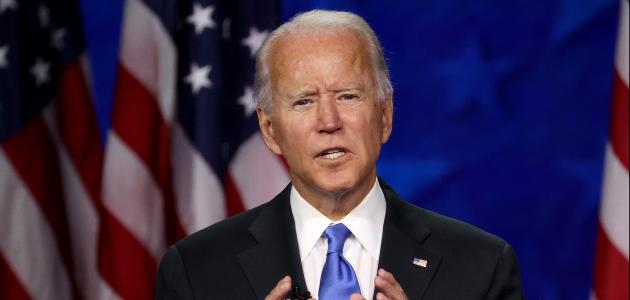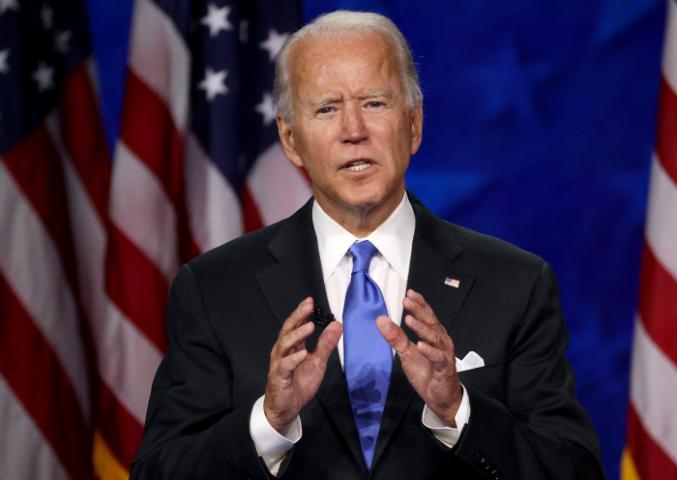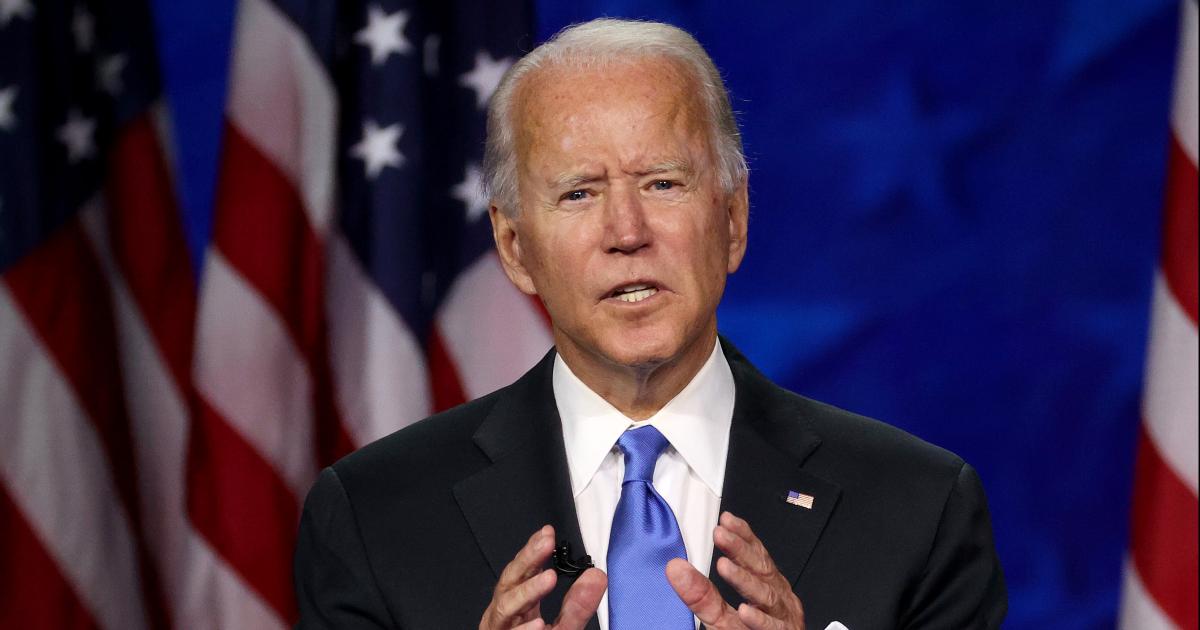- Economics
- Budget & Spending
- Politics, Institutions, and Public Opinion
- The Presidency
- State & Local
- California
During the build-up to, and realization of, a new political order in the nation’s capital, I stumbled upon one story that amused me—and another that kept me up at night.
What I found frightening: this Los Angeles Times article suggesting that MAGA will now give way to MACA: “Make America California Again? That’s Biden’s Plan.” What might that portend for the other 49 states? “The incoming administration is embracing some of California’s most pioneering initiatives,” the articles informs us, “such as programs for rapidly decarbonizing the electricity grid and tuition-free college, as well as more obscure, incremental policies.”
It goes on: “Also on the new White House agenda will be measures to ban mandatory arbitration clauses in employee contracts and a revival of a ‘Cash for Clunkers’ program aimed at providing incentives to get polluting cars off the road—signature California policies.”
And: “Even some ideas that haven’t worked out so well in California are on the national agenda now. Biden is a fierce proponent of high-speed rail, as well as new protections for gig economy workers that California voters diluted in November.”
Print editions of newspapers have finite space. Perhaps that’s why we were spared such piddling news as California falling to dead last in the nation in percentage of available COVID shots administered last weekend (of the nation’s six largest states, the only one with a usage rate below 50%). Or, that despite promises of transparency, the state won’t let the public examine the data that drives the stay-at-home orders.
One good thing about the Biden administration engaging in rampant Californication: it’ll be good for the truck rental industry if the 48 other states (Hawaii not applicable given its island status) find themselves as similar versions of the Golden State. In 2020, California supplanted Illinois as the state with the greatest net loss of U-Haul trucks. Translation: people are moving out of, not into, the Golden State.
The other bit of news—the one less taxing on my REM cycles: the notion, as posited in this New York Times column, that President Biden would do well to emulate former governor Jerry Brown, who ruled over California for eight years prior to Gavin Newsom taking over in 2019 (and for another eight years starting back in the mid-1970s, making Brown a unique “bookend” chief executive).
The parallels are tempting:
- Biden (born in 1942) and Brown (born in 1938) are similar in age and monogram—the one “JB” being America’s oldest elected president, the other California’s oldest elected governor.
- Both gentlemen succeeded first-time celebrity officeholders (Donald Trump and Arnold Schwarzenegger).
- Both mastered the art of camera avoidance so as to advance their political fortunes (Biden staying out of sight for a good portion of his presidential run; Brown going light on public events at the beginning of his second installment as governor, a decade ago).
- Neither is shy about evoking his Catholicism (Biden no stranger to Mass-attending photo-ops; Brown frequently alluding to his roots as a one-time Jesuit seminarian).
- Finally there is the notion that the two elder statesmen—each a lifelong Democratic not all that grounded in ideology—have and will apply moderating brakes to partisan extremism.
It’s the last bullet point that I find amusing—the narrative that Jerry Brown was a calming influence on his state party’s progressive agenda.
Yes, Brown did throw cold water on the concept of California switching to a single-payer health care system (doing so by simply asking how the state was going to pay for it). And he generally was in sync with the California Chamber of Commerce on so-called job-killer bills (these are tax-or-regulate bills that the Chamber deems harmful to California’s economy).
However, in several key aspects, Brown was anything but a centrist anchor. A few examples:
Spending. To his credit, the first state budget that Brown signed upon his return to office, in 2011, reflected fiscal austerity: $85.9 billion in total expenditures, down almost $5.5 billion from the previous year. Brown’s last budget, signed in the summer of 2019: nearly $138.7 billion in total expenditures.
Yes, Brown did manage to set money aside during that spending binge—a $13.8 billion “rainy day” fund set into motion by the passage of 2014’s Proposition 2. Still, the fact that state spending grew by over 60% on his watch isn’t in line with the reputation of a tightfisted governor, especially when the flush economic times didn’t offer any relief for California taxpayers (more on that in a moment).
Power politics. Something else Brown did in 2011: sign that year’s SB 202, which ended the five-decade practice of allowing statewide initiatives and referenda to appear on the primary ballot. Brown’s rationale: “There are dramatically more voters at a general than a primary election. The idea of direct democracy is to involve as many voters as possible.”
Fair enough. But Brown didn’t bother to tell his fellow Californians that (a) the larger turnout makes it more difficult for conservative ballot measures to thrive (the lower the turnout, the heavier the conservative voting percentage); and (b) lumping all the measures onto the November ballot constitutes information overload for voters.
Crime. Brown’s first stint as governor included his support of tougher sentencing laws. His second stint included his signing of 2011’s AB 109 (relocating offenders from state to county jails) and his championing of 2016’s Proposition 57 (shortening sentences for prisoners who participate in rehab programs).
However, Prop 57 has a big problem: the early release of nonviolent offenders also includes offenders with violent pasts, as well as inmates serving time for nonforcible sex crimes, such as possessing child pornography. A simple legislative tweak to fix the loopholes? As the change would apply to an initiative, it would have to go on the ballot.
Pensions. Brown entered office in 2011 determined to address California’s public pension nightmare, the magnitude of which my colleague Joshua Rauh explains here (Brown himself receives a $120,000-a-year state pension).
Brown did sign a bipartisan pension reform measure in 2012. However, it was a mixed bag of results—the largest benefit rollback in state history but not enough to ensure that California can meet its pension obligations down the road.
“We’re taking as bold a step as the process would allow,” Brown said as he signed the reform into law. “And where more is needed down the road, then more will be proposed.”
But that never happened.
Taxes. If getting pension reform past a union-dominated state legislature seemed like a case of Brown pulling a rabbit out of his hat, so too did his getting a voter-approved tax increase in 2012 (Proposition 30, which raised the rates for California’s top earners—sold to voters as the cure for what ails the state’s public schools).
Brown also promised his fellow Californians that it was a temporary tax increase, then didn’t bother take a public position as 2016’s Proposition 55 extended that tax hike into the present decade—though he did put his thumb on the scale by claiming that without the tax-increase extension, he’d have to mull spending cuts.
Speaking of taxes, Brown gave lip service to the woes of California’s feast-or-famine revenue system and a state budget that’s overly reliant upon personal income and capital-gains taxation (California, at present, making sure that billionaires who flee the state still pay their share). Sadly, Brown had a plan at the ready—this 2009 plan written, in part, by Hoover senior fellows Michael Boskin and John Cogan. However, he never bothered to put it up for a vote.
Collectively, the Brown record doesn’t quite live up to the narrative of a transformative governor. He did address the need for keeping a cash reserve at the ready; then again, Brown didn’t address the bigger picture of the boom-or-bust economy’s effect on fiscal planning.
While Brown did wade into pension reform, he did so just the one time. There was no special-interest initiative showdown as Schwarzenegger attempted in a 2005 special election.
How does this pertain to President Biden? The media in Washington, as was the case in Sacramento, will push the story of a leader from a bygone era—an unexpected executive taking office in difficult times —who will provide calm and common sense to curb his party’s less sensible ideas.
And from there, great things will happen as progressive ambitions are tempered by pragmatic oversight.
Only, that’s not quite the California story of the past decade.







